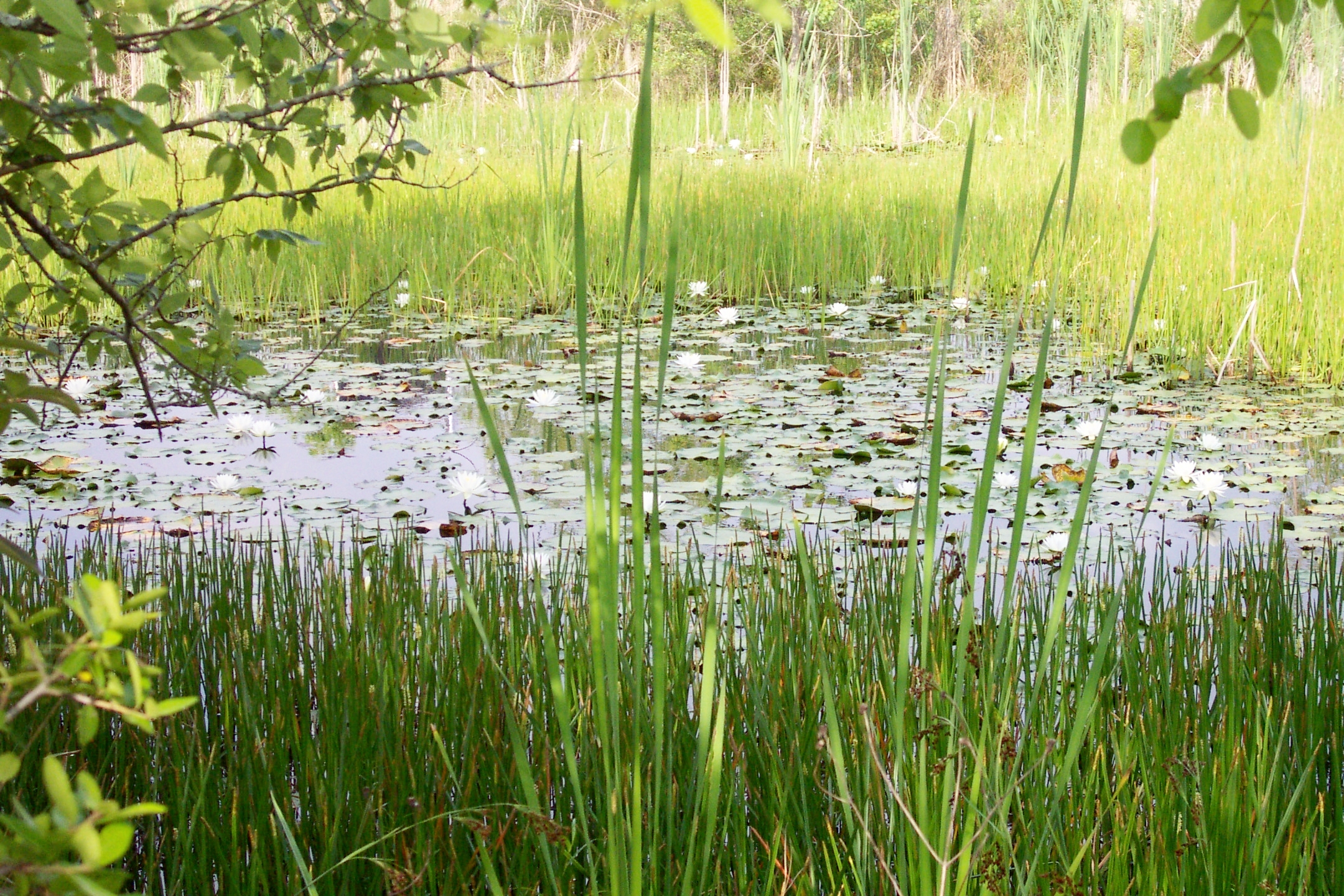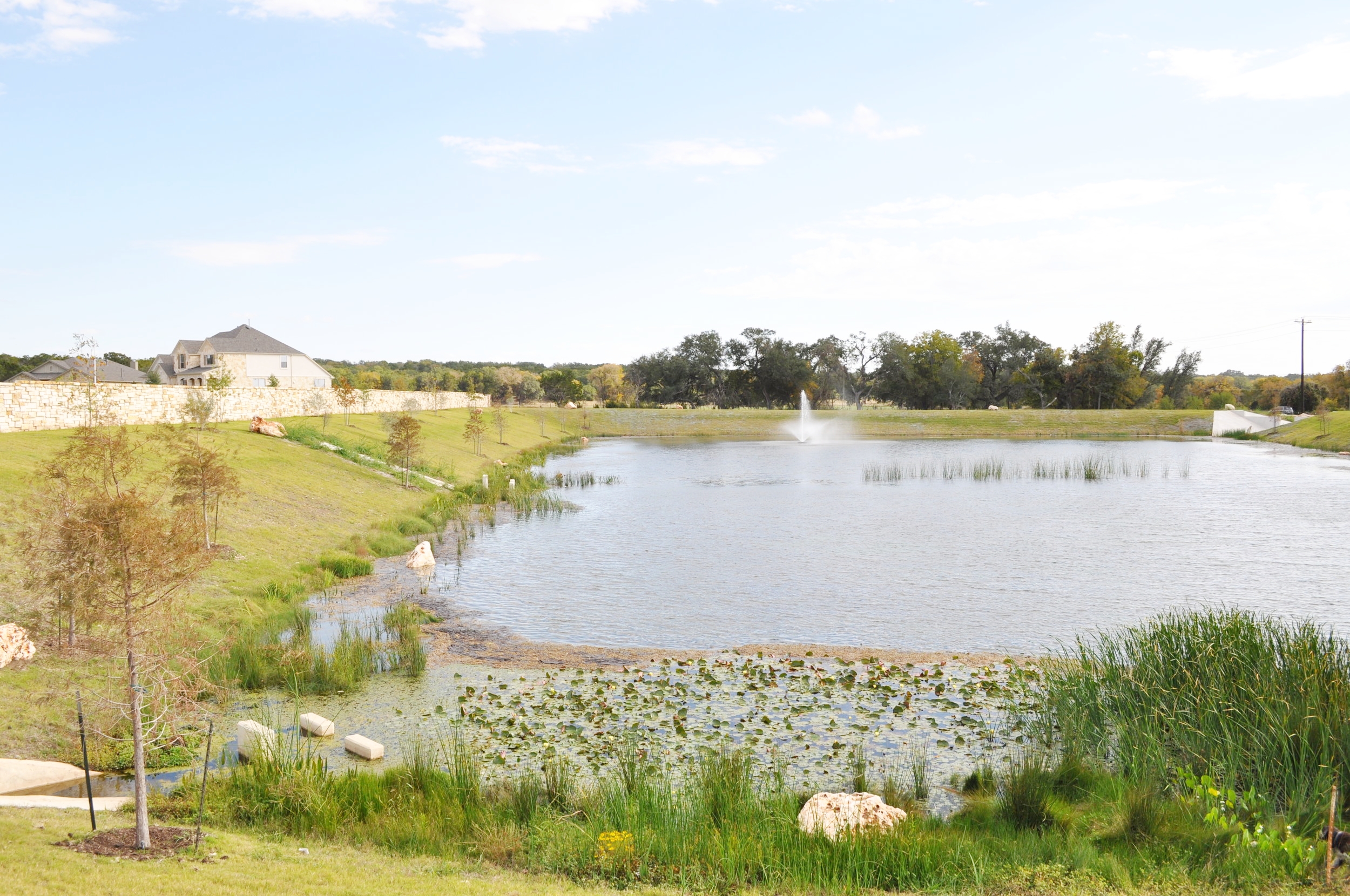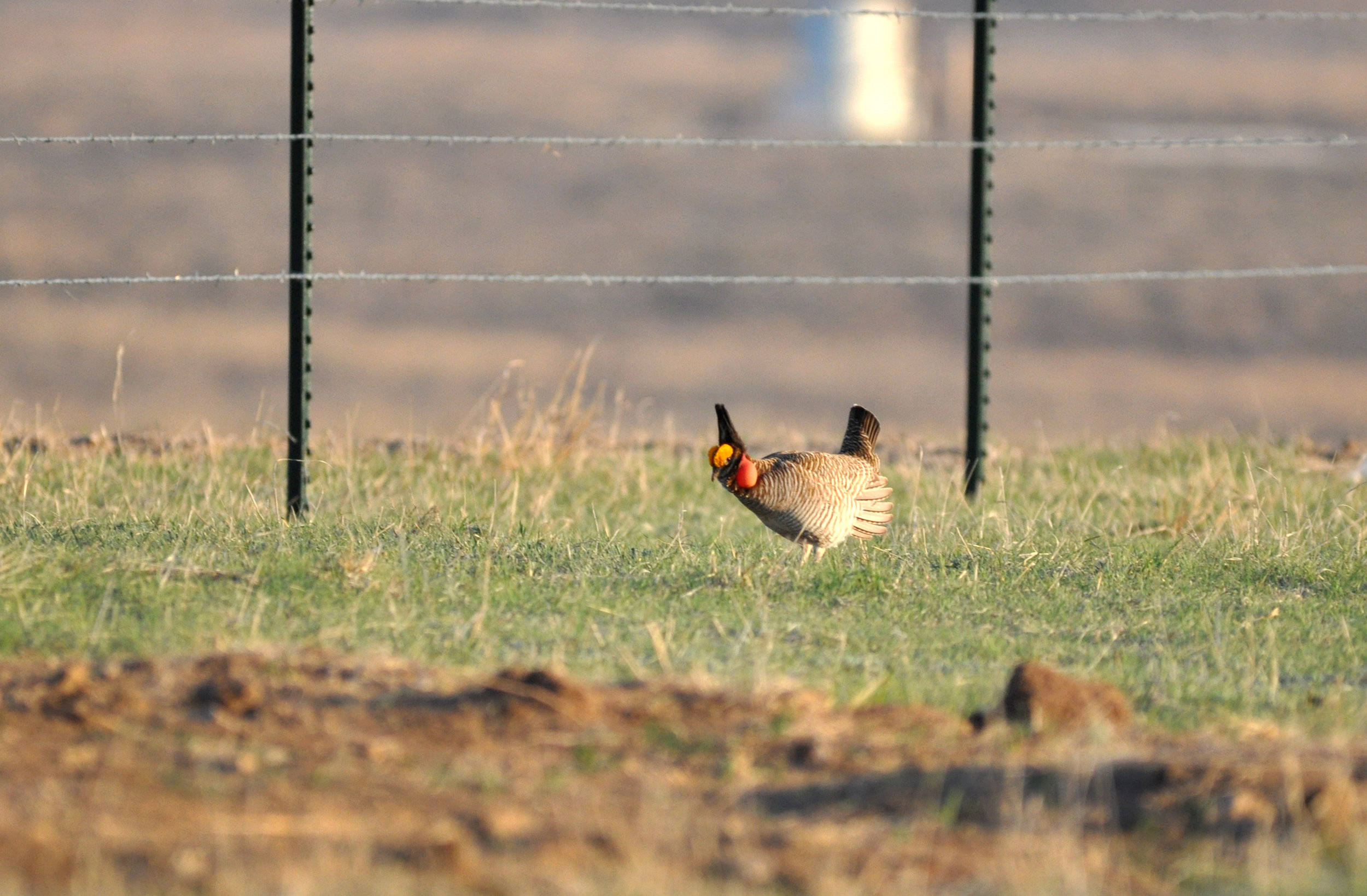Natural Resources Services



Core Capabilities:
Wetland and Waters of the US (WATERS) Delineations/Determinations
Wetland Mitigation Planning and Monitoring
Wetland/WATERS Permitting Assistance
USACE - Section 404/Section 10 of the Clean Water Act
TCEQ, River Authorities, Watershed Development Boards
City and County Development/Environmental Departments
NEPA Compliance
Threatened/Endangered (T/E) Species Surveys and Habitat Assessments
T/E Permitting Assistance
USFWS - Section 10(a) of the Endangered Species Act
Section 7 Consultation
State and Local Agencies
Wetland and Waters of the US Delineations/Determinations
Goshawk stays ahead of changing policies to deliver accurate delineations the first time. Frequent contact with regulatory agencies helps us forge success-facilitating relationships. At Goshawk, we aggressively delineate features (minimizing regulated areas) then work with regulatory agencies to protect highly valuable resources and obtain permits for unavoidable impacts.
Wetland/WATERS Permitting Assistance
Rivers, streams, tributaries, creeks, bayous, gullies, washes, draws, swales, or wet spots may be regulated. Due to the distribution of these water bodies, it can be difficult to conduct even a small project without affecting one of them. Wetland and WATERS regulatory issues are Goshawk’s wheel house. Let us demystify your project concerns.
USACE Section 404/Section 10 of the Clean Water Act
With experience in all facets of US Army Corps of Engineers (USACE) permitting, Goshawk’s senior team members have helped clients obtain hundreds of Section 404 and Section 10 permits.
TCEQ, River Authorities, Watershed Development Boards
Environmental regulations and agencies are unique to each state. A plethora of regional and statewide agencies wield regulatory authority over surface water, subterranean water, and other unique resources. It is our job to be informed of jurisdictional boundaries and regulatory requirements and advise you accordingly.
City and County Development/Environmental Departments
Goshawk will work with you to quickly evaluate regional or local regulations and with the project team to address issues. Goshawk has developed long-term relationships with numerous agencies; our senior staff’s experience and reputation for professionalism and integrity help smooth negotiations.
Wetland Mitigation Planning and Monitoring
Project planning and innovative design reduce costs while preserving valuable ecological resources. One example of effective product design would be the accrual of project value through the protection of resources (and aesthetic) in a greenbelt. Biannual monitoring identifies problems early to protect such investments. With a good team and an open mind, the options are endless.
NEPA Compliance
“National Environmental Protection Act (NEPA) compliance” is the most misused phrase in environmental consulting. NEPA is an integral part of the environmental compliance landscape and has become an umbrella term for natural resource, cultural resource, and social compliance regulations. As such, Goshawk is immersed in most facets of NEPA regulation.
Did you know? NEPA regulations only apply to projects that are federally funded, occur on federal lands, require a federal permit, or have a similar federal "nexus."
Surveys and Habitat Assessments
Goshawk utilizes the most recent, highest quality base map sources to evaluate potential habitat prior to conducting fieldwork. Pre-field research can significantly reduce time and costs associated with extensive fieldwork. Once areas of potential habitat have been defined, Goshawk deploys experienced biologists to evaluate the mapped resources.
Threatened and Endangered (T/E) Species
Goshawk possesses US Fish and Wildlife Service (USFWS) permits to conduct T/E surveys for several species. The Goshawk team also has experience performing T/E surveys in many states and a variety of habitats (including Florida pine plantations, Gulf Coast marshes, New Mexico desert, and rolling Oklahoma grasslands).
Special Status Plant Species
Goshawk is qualified to survey for Special Status Plant Species (SSPS) in the Carlsbad Field Office region of Southeast New Mexico. Goshawk works closely with the Carlsbad BLM office to ensure SSPS surveys are completed to the necessary extent and that all projects are in compliance with any and all SSPS regulations. This working relationship with the BLM allows for a fast turnaround and minimal delays for projects needing SSPS surveys.
T/E Permitting Assistance
As with any permitting activity, rapport, experience, and reputation for professional integrity help to smooth consultations. Goshawk’s natural resources team has accumulated decades of experience negotiating with wildlife protection agencies and obtaining permits.
USFWS - Section 10(a) of the Endangered Species Act
When non-federal activities (private land development or state projects) require impacts to T/E species or their habitats, a Section 10(a) Incidental Take Permit from the USFWS is required. Typically, a Habitat Conservation Plan (HCP) is developed to ensure the permitted “take” is adequately minimized and mitigated. There are many ways to meet conservation requirements, so we help identify the most practical, cost-effective solutions.
Section 7 Consultation
When a federal agency (other than the USFWS) is the lead permitting agency, that agency must consult with the USFWS regarding T/E issues. If the proposed project “may affect” T/E species, the USFWS issues a Biological Opinion determining whether or not the project will jeopardize the species. In any case, Goshawk works with you to identify conservation measures that work for your site and operations.
State and Local Agencies
The goals and regulatory authority of every state’s natural resource protection agency vary. Goshawk conducts research to identify regional or local regulations that may affect a project.
Did you know? The Texas Parks and Wildlife Department maintains a list of species that are threatened or endangered with state-wide extinction. Unlike federal law, Texas law does not protect these species' habitat or regulate indirect (unintentional) "takes"; however, it does outlaw killing or maiming, as well as trade and transportation.
